USB battery box series with build in 1x18650

As I was asked to test a series of 6 usb battery boxes with build in battery, the only difference between the six is the battery capacity and, of course, component tolerances.
The specifications are:
- Li-ion battery
- Input DC 5V-1A
- Output DC 5V-1A
- Nominal voltage : 3.7V
- Cut-off Voltage : 3.2V
- Nominal capacity : 1500, 1800, 2000, 2200, 2600, 3000mAh
How does it look
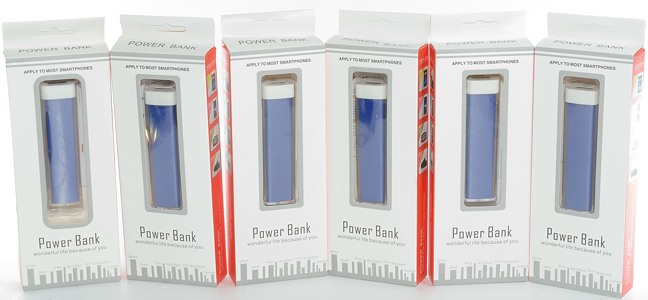
The power bank is delivered in a cardboard box with a window. The box is a fairly general box for a power bank without any specifications.
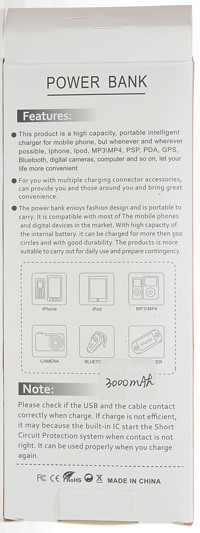
The only way to see which is which is the small label attected to the box. For my test there was also labels attaced to all the power banks to avoid mixing them up (THis is not show on any picture).
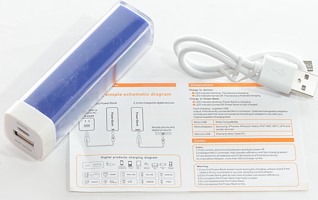
The contents of each box was the power bank, a usb cable and a instruction sheet for another power bank.
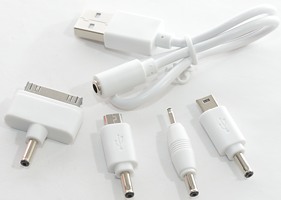
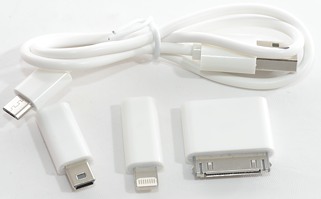
I did also get two spare connector sets.
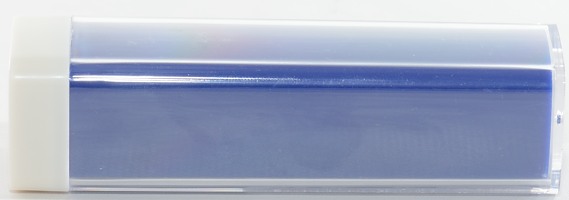

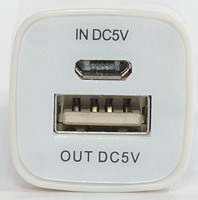
There is no user interface on the box, only a micro USB charge input connector and a USB output connector.
There is two leds hidden below the surface:
Red led that is on while charging.
Blue led that is on while USB output is loaded.

It was fairly easy to open up. The battery has welded terminals with soldered wires to the circuit board.
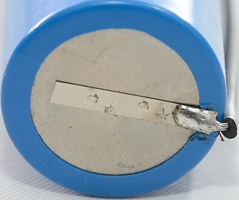
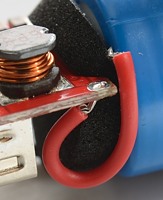
Here a closer view of the battery connection.
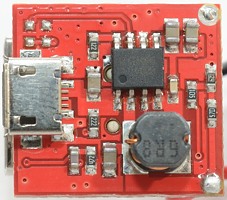
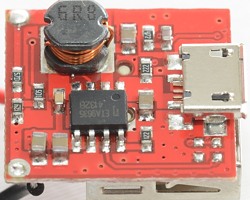
The PCB uses a chip called ETA9635, this is a chip specially designed to handle all functions of a small power bank.
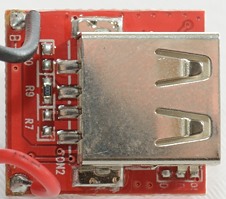
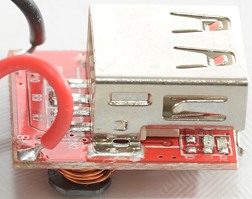
The two leds can be seen here under the large usb connector, they are not very nicely mounted.
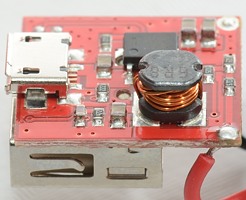
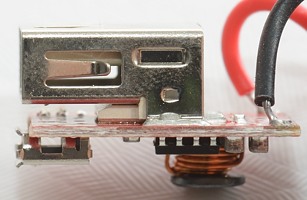
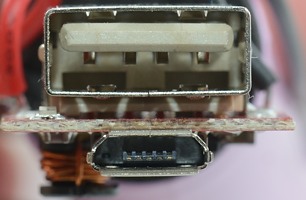
Measurements
- Supplied manual does not match the power bank.
- Red led on while charging
- Blue led on while discharging
- USB output is coded as usb charger (DCP).
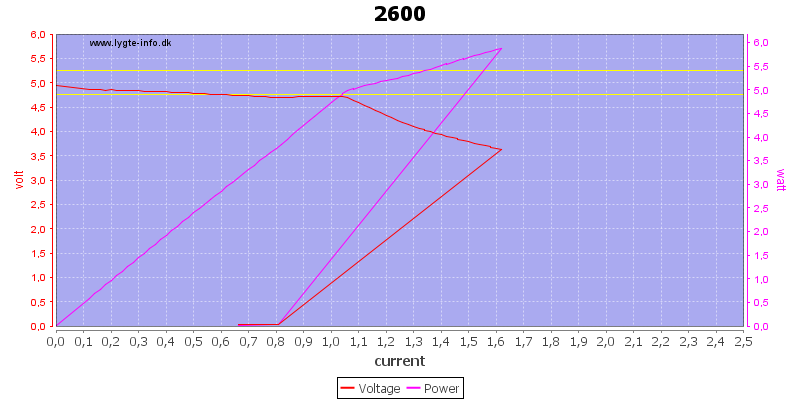
With a full battery the box can deliver 1A, between 1A and 1.6A the usb voltage will drop slowly and at 1.6A the overload protection will cut in and reduce the current, but not turn it off.
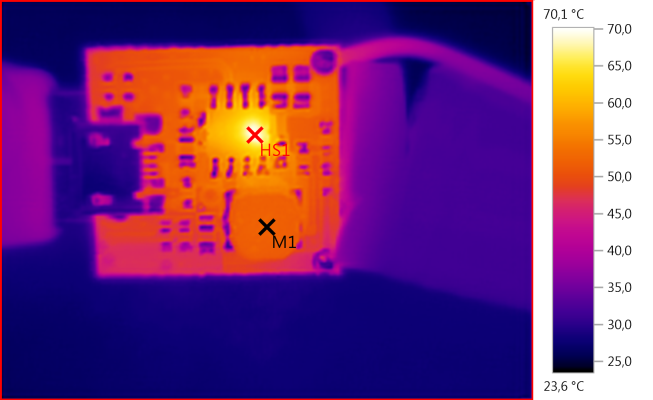
M1: 52,3°C, HS1: 70,1°C
I did a temperature test and the circuit board keeps resonable temperature while delivering full current.
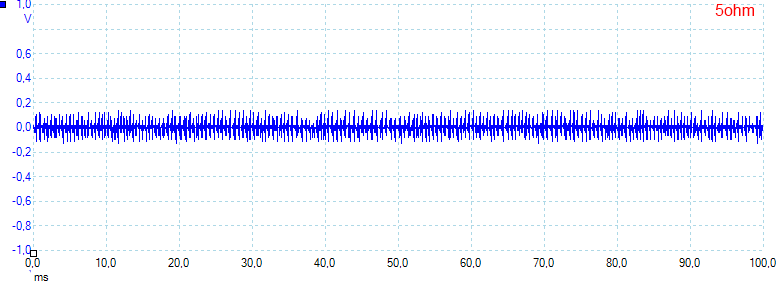
Running at a 1A load has about 40mV rms noise and 370mVpp noise.
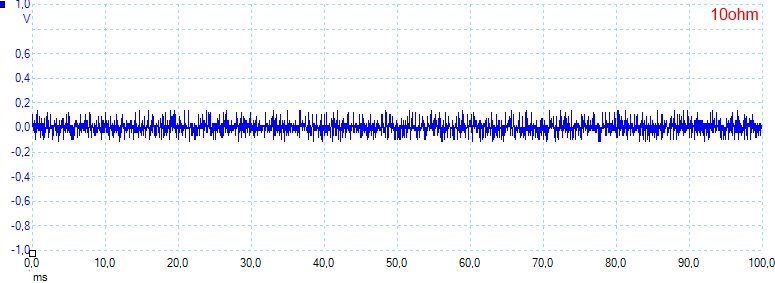
At 0.5A load it has about 31mV rms noise and 335mVpp noise.
Below is a couple of curves for each unit, the charger curve shows the batterys actual capacity. The discharge curves shows how much capacity can be drawn out of the power bank, after it has been boosted to 5 volt.
In most curves I only shows the usb voltage, but for the 3000mAh box I did also have a voltmeter on the battery.
3000mAh

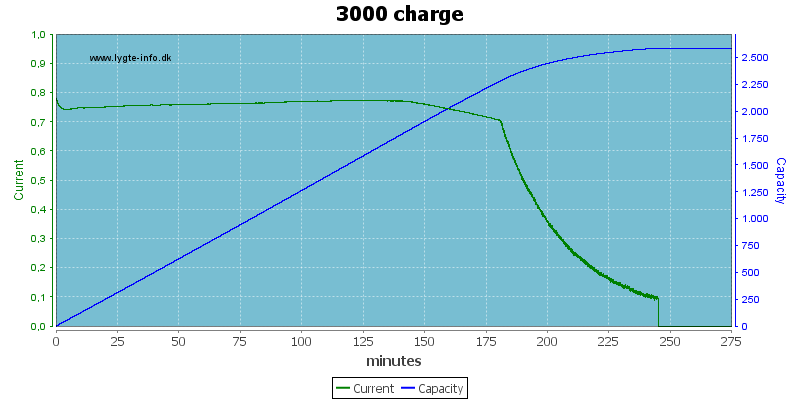
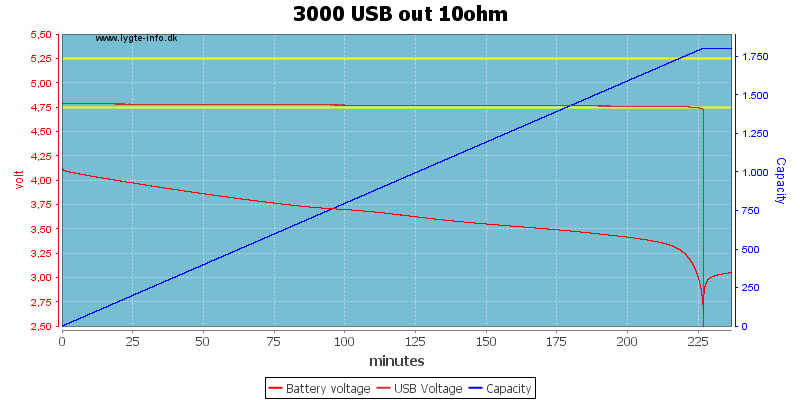
10ohm is 0.5A at 5 volt. The USB output is stopped at 2.55 volt, this is on the low side, but will probably not damage the battery much, because it will only be reached when the box is loaded.
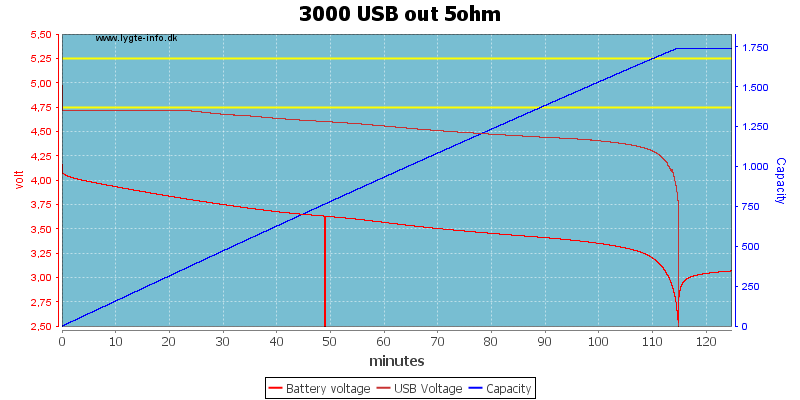
5ohm is 1A at 5 volt. The output cannot deliver a full 1A current.
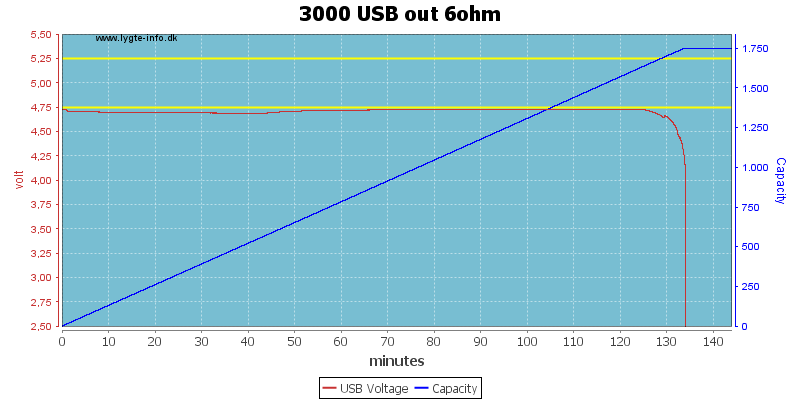
Increasing the resistance reduces the current to 0.8A and this is handled without any problems.
2600mAh

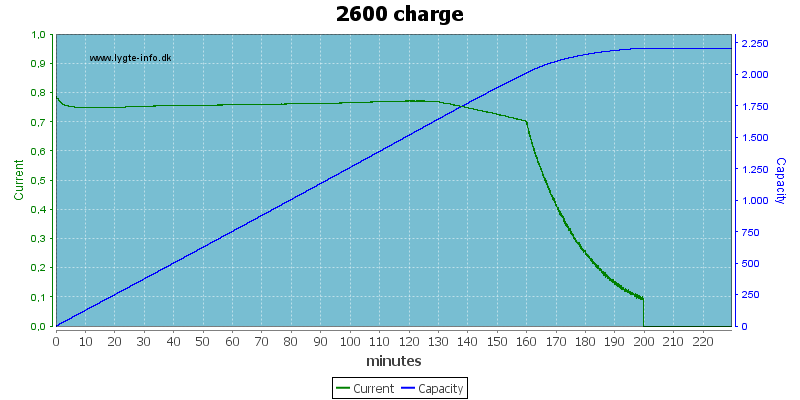
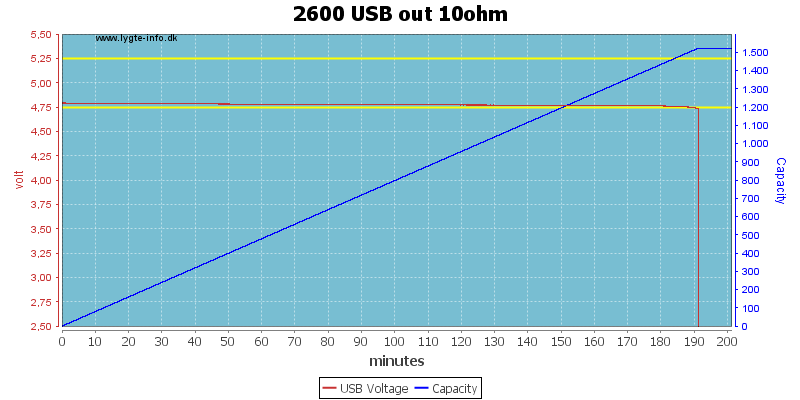
2200mAh

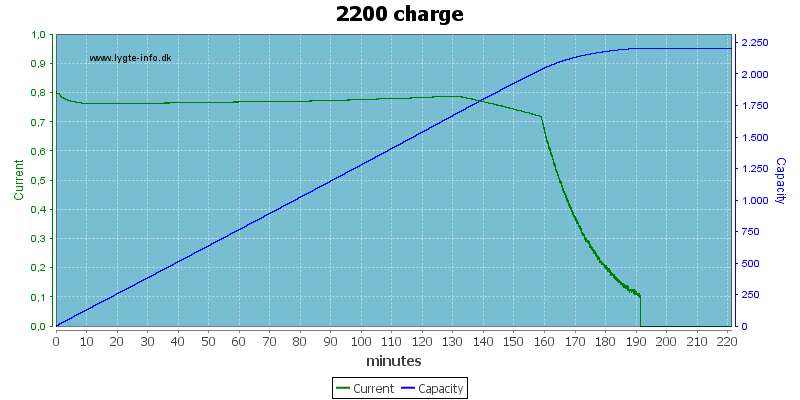
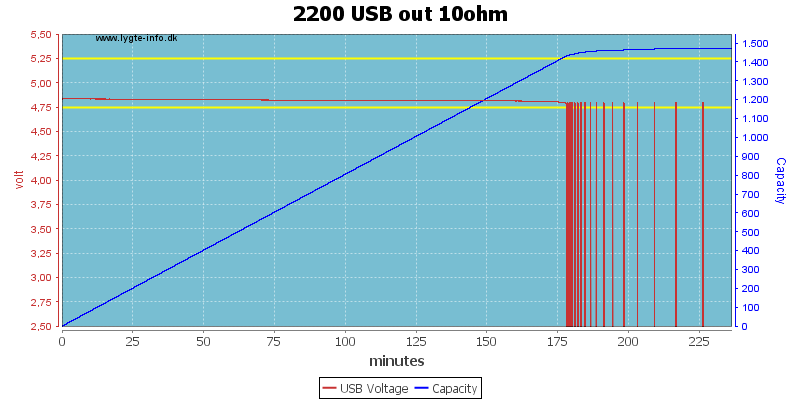
The battery recovers enough voltage to restart the output.
2000mAh


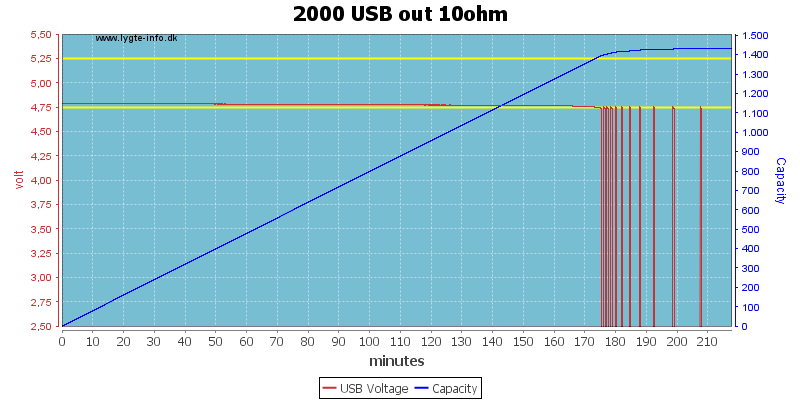
The 2000mAh uses the same battery as the 2200mAh version.
1800mAh

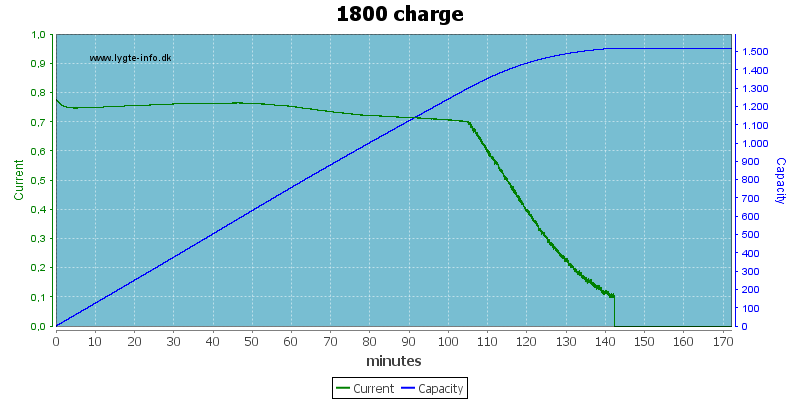
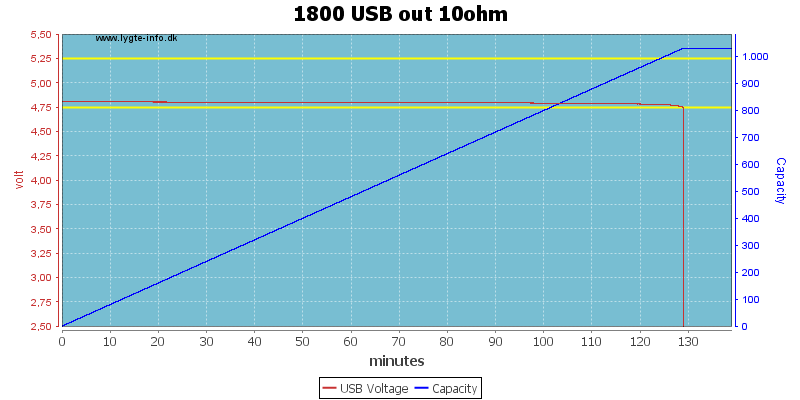
1500mAh
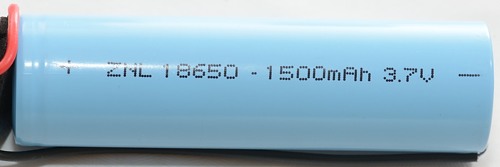
The battery is marked 1500mAh, but the actual capacity is below that.
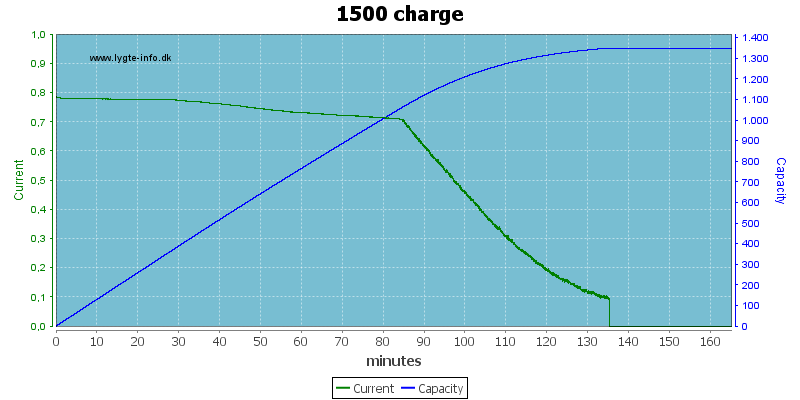
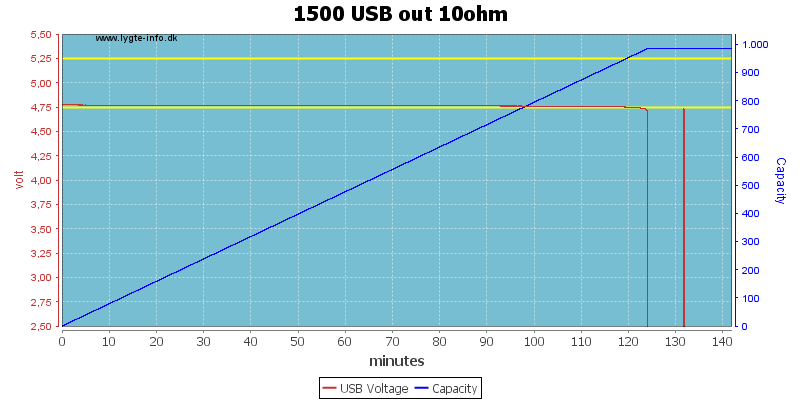
Conclusion
It looks like the batch of controller chips used has a rather low reference voltage, making everything running at a low voltage. Hopefully most chips will be 0.25 volt higher (Both output and termination voltage), that would be a significant improvement.
The used batteries tends to be below the rated capacity of the power bank, that is cheating. Generally it looks like they use whatever they can get for batteries and it is Chinese manufactured cells.
The 1A current rating for the usb output is a bit optimistic.
I do not really see the point in all the different models, I want enough capacity to recharge my phone (as much as possible) and that means the highest capacity version.
Notes
Read more about how I test USB power supplies and chargers










































